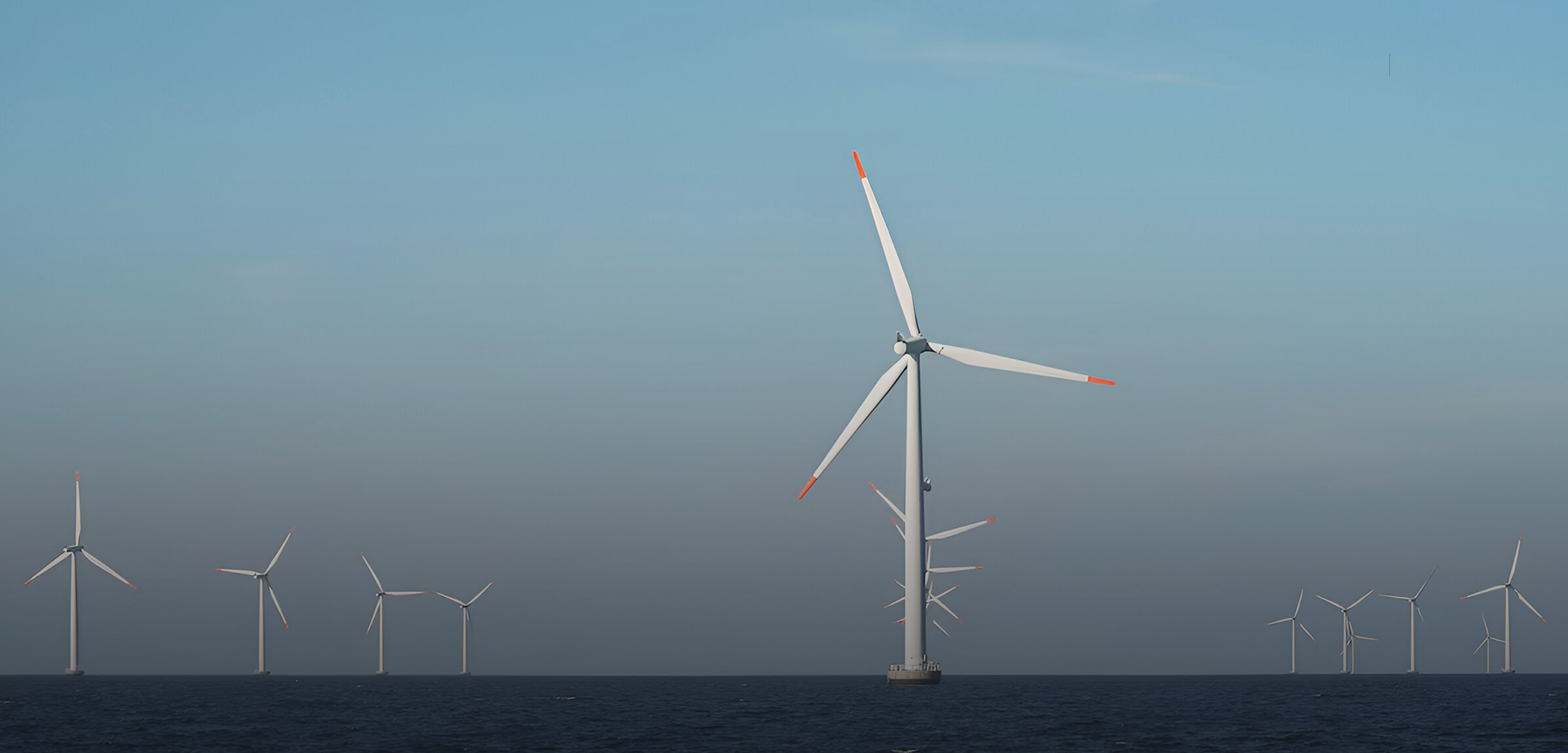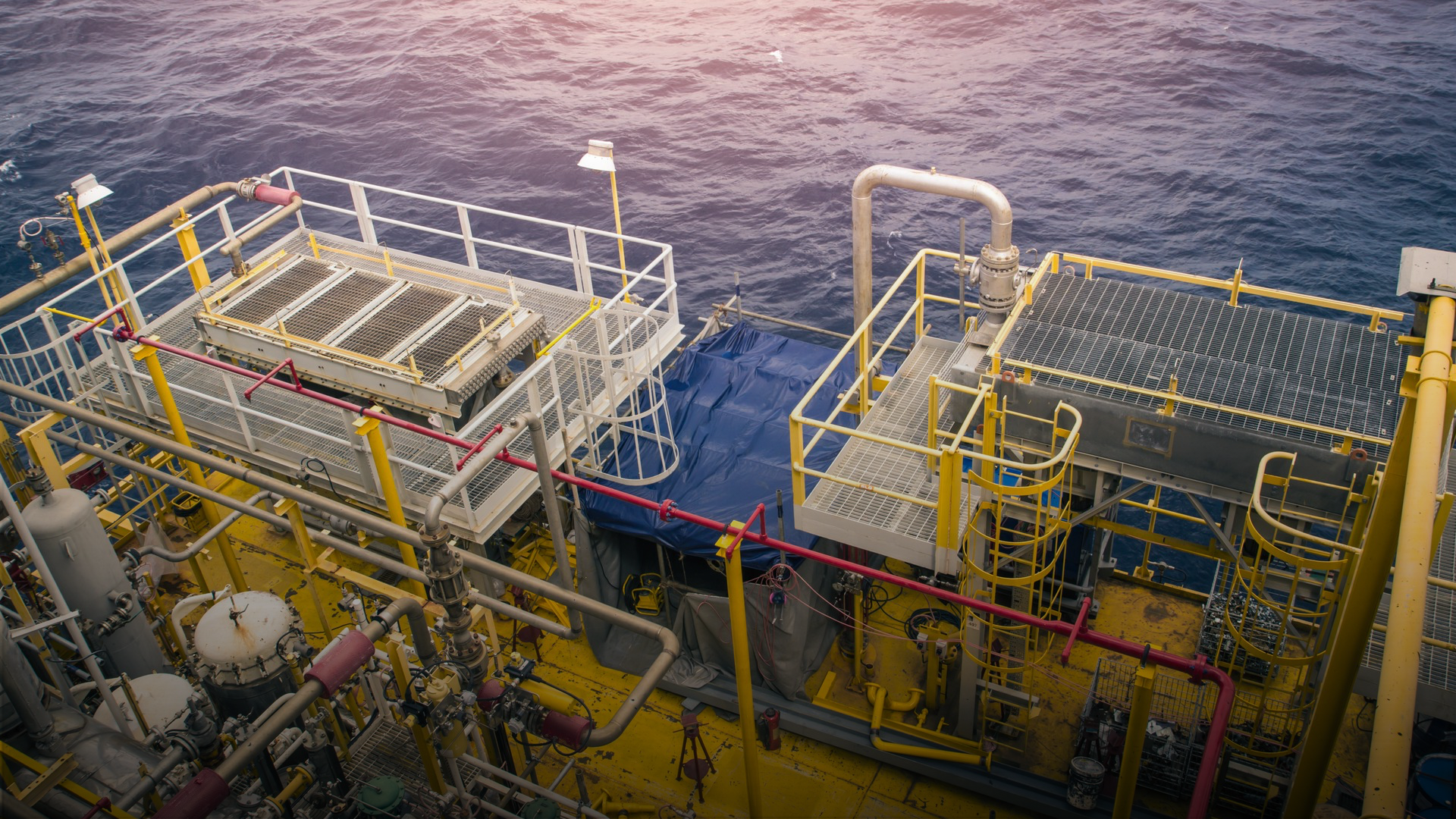Denmark’s ambitious offshore wind tender initiative has encountered a significant setback. The country’s Energy Agency revealed that no bids were received for any of the three offshore wind areas offered in the first round.
The tender, part of Denmark’s effort to develop 6 GW of combined offshore wind capacity, is now facing scrutiny as the government seeks to understand the reasons behind the lack of interest.
Government Action to Investigate Reasons for Lack of Bids
The Danish Energy Agency has been tasked by the Minister for Climate, Energy, and Utilities to engage with the industry. The goal is to identify the reasons behind the absence of bids, especially after initial interest in the auction process.
The tender included North Sea I, which comprises three sub-areas—North Sea I A1, A2, and A3—potentially accommodating up to 3 GW of offshore turbines.
Also read: Serbia Launches Second Renewable Energy Auction to Expand Green Energy Capacity
Economic Factors Impacting Investor Interest
Green Power Denmark, the green business association, commented on the situation, highlighting how the lack of bids is a blow to the offshore wind sector. They pointed out that increased turbine prices and higher interest rates were key factors behind the subdued investor interest.
The organization also suggested that state aid measures, such as those seen in successful auctions in the UK, Poland, and the Netherlands, could help stimulate the market. In those countries, state subsidies cover the cost of grid connections, making projects more financially viable for developers.
Also read: Azerbaijan Completes First Renewable Energy Auction with EBRD Support
Ongoing Tender Process for Additional Offshore Wind Areas
Despite the challenges in the first round, Denmark’s Energy Agency continues to accept bids for other areas. These areas include Hessel, Kattegat, and Kriegers Flak II. The auction will remain open until April 1, 2025. The total capacity of these areas could reach 3.2 GW. Kattegat and Kriegers Flak II could each host 1 GW or more. Hessel could accommodate between 800 MW and 1.2 GW.
Developers who win the bids will gain the rights to develop these areas. However, they will not receive state subsidies. In exchange, they will make yearly concession payments for 30 years. Denmark will hold a 20% minority stake in each project.
Long-Term Vision for Denmark’s Offshore Wind Capacity
The tenders are part of Denmark’s broader goal to establish 10 GW of offshore wind capacity by 2030. The option for “overplanting” could push total offshore wind capacity even further, offering the potential for more than 10 GW. As of now, 2.7 GW of offshore wind farms are already operational in Danish waters.
The lack of bids in Denmark’s first offshore wind tender raises concerns about the future of its green transition. With factors like high turbine costs and interest rates affecting investor decisions, the government may need to consider alternative support measures to drive interest in the country’s ambitious renewable energy projects.




